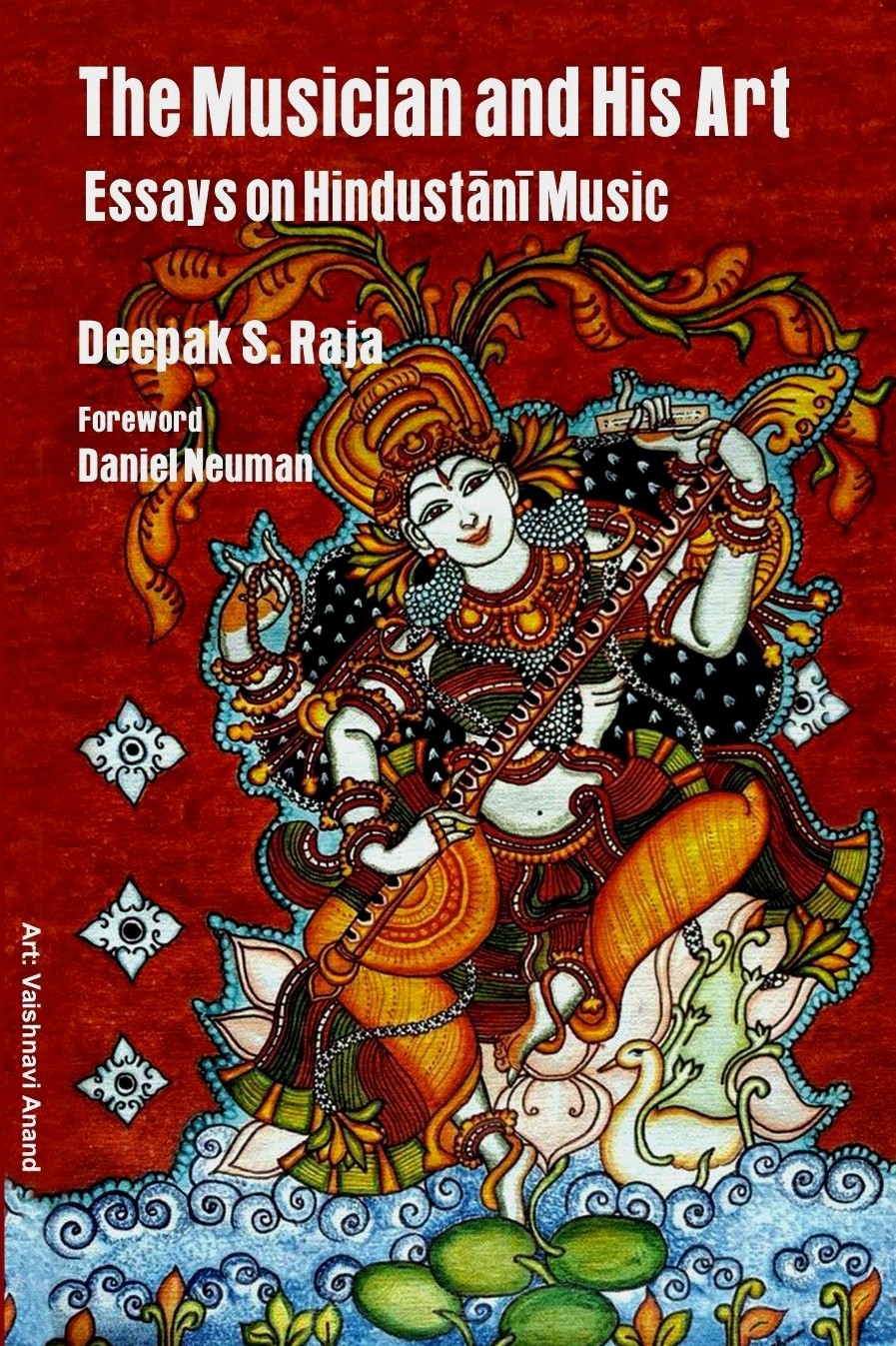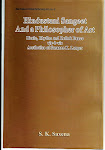An art music tradition supports various genres of music. Each genre has its own history, geography and specificity. But, for the purposes of comprehension, a genre is defined primarily by its architectural features. There are two aspects to understanding the architecture of a musical genre: First is that of understanding its subordinate forms and their movements, and the second, the sequencing of the movements within the subordinate forms.
Hindustani art-music, as performed, can be compared to the telling of a story through the interpretation of a Raga. Movements in a genre of Raga-based music may be compared to the chapters in a book, or acts and scenes in a play. In music, each movement progresses the “story” by the distinctive way in which it crafts the interaction between melody, rhythm and poetry (in the case of vocal music). The sequencing of the movements determines the build-up and release of aesthetic tension in a piece of art music, just as chapters in a novel, or acts in a play, are sequenced to achieve the aesthetic impact of the story-telling.
In literature, we know that a novel, a short story, a cinema script, and a play, will tend to build and release the tension of the story line in different ways. And this, of course, is why each of them has its own place in the world of literature. Likewise, there are different genres in art music because they deliver different qualities of aesthetic experience.
On the contemporary art music platform, a listener is likely to encounter the following genres.
1. Dhrupad (along with its companion sub-genre, Dhamar): This was the dominant genre of vocal and instrumental art music between the 15th and 18th centuries.
2. Khayal: This genre began evolving in the 13th century as a fusion of older Indian musical genres and Middle Eastern influence, and began to replace Dhrupad as the dominant genre of vocal music from the 18th century. The Khayal remains, to this day, the dominant vocal genre, with a significant presence also in the music of the bowed and wood-wind instruments.
3. Thumree: This genre originated as an accompaniment to Kathak (North Indian) dance. The Thumree evolved as a genre of solo vocal music from the 18th century and retained a significant presence till the middle of the 20th century. As a genre of vocal music, it could not survive the transition from the intimacy of its original milieu to the impersonal atmosphere of the modern concert hall. Its manifestation in instrumental music has, however, remained stable.
4. The modern genre of plucked instruments: This genre is heard primarily on the plucked lutes – Sitar, Sarod, Hawaiian guitar. Their idiom has also been adopted by the percussive-melodic Santoor, the most recent entrant into art-music from folk traditions. Because of the dominance of the plucked string instruments in contemporary music, their idiom is also influencing the wood-wind and bowed instruments. This genre combines elements of the medieval Dhrupad genre, with post-Dhrupad modes of presentation.
Note: Of the above four, the Thumree is a borderline case of a Raga-based genre. Its melody is rooted predominantly in the Raga pantheon. But, the musician is allowed considerable liberty in observing the rules of Raga grammar. In addition, the melodic resource of the genre includes folk melodies, which cannot qualify as Raga-s.







